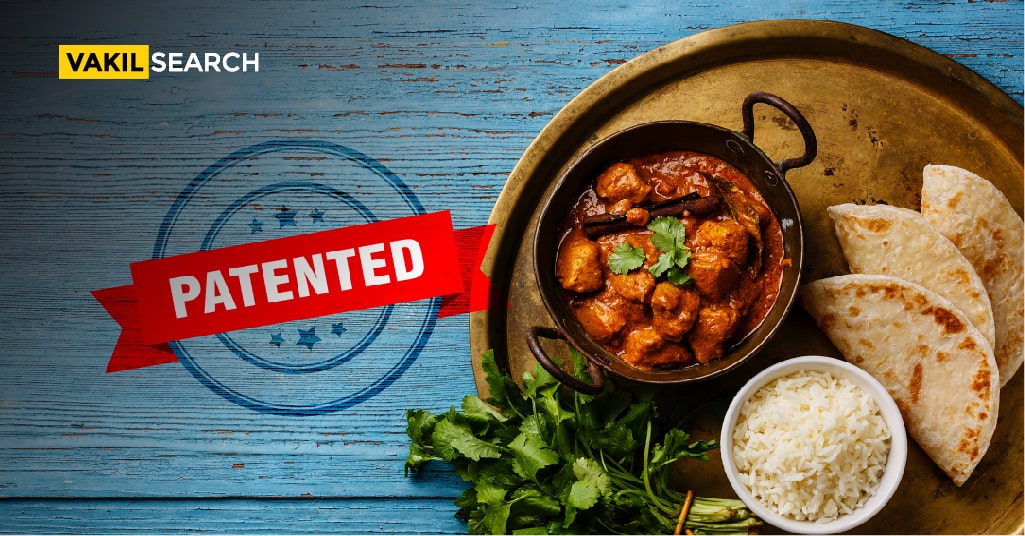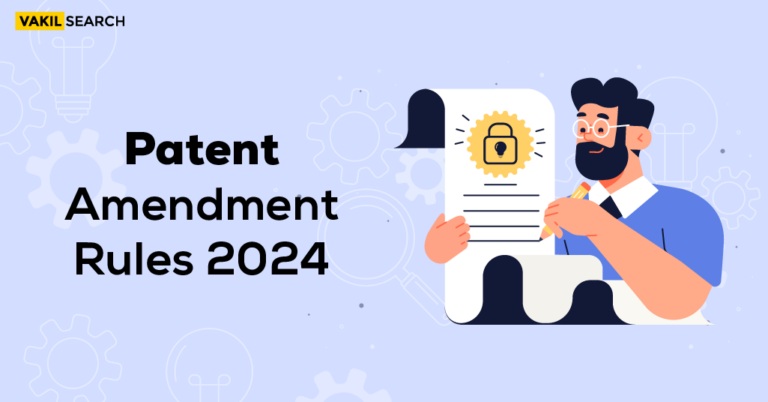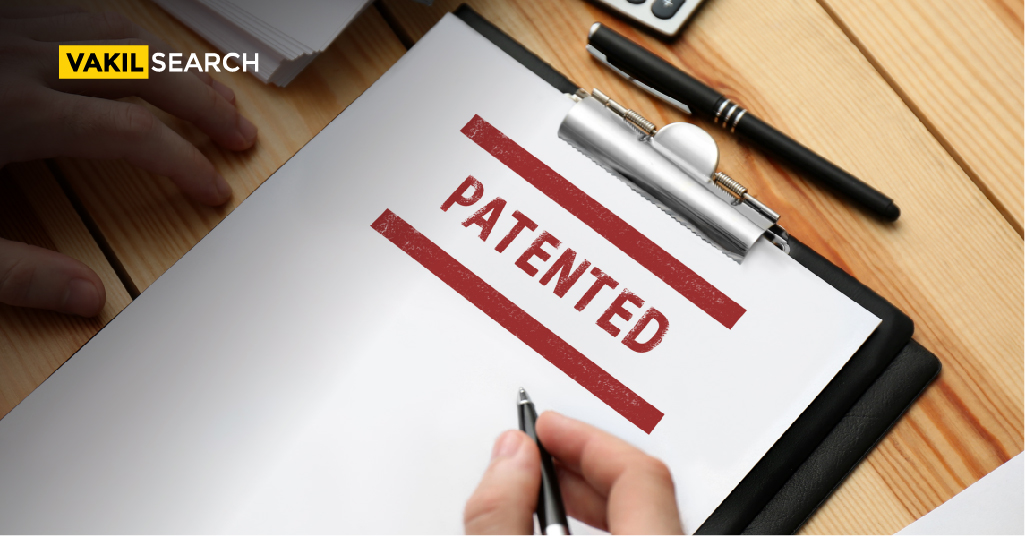This blog helps get hands-on knowledge on patenting food recipes in India and its processes.
When you own a business or write a recipe book, you may have concerns about formula licensing, cooking patents, and maintaining the uniqueness of your recipes.
In addition, many notable establishments that make distinctive meals face concerns about recipe security. Would experts who quit businesses, for example, steal unique recipe combinations and become competitors?
In India, can culinary ideas and formulations be perfected? A cookbook is a sequence of commands for making a particular dish; it is essentially a combination of materials and a method for cooking them. According to Section 3 (e) of the Patent Act, “simple mixing resulting simply in the agglomeration of the qualities of the constituents thereof,” or “a procedure for making such material,” cannot be covered as an invention. The Proper Process for the Provisional Patent Filing is needed to be followed by all the Registrars.
Patents Protect Recipes
There seems to be no particular statute in India that protects recipe ideas as copyrighted material. Food dishes can be secured under the Patents Act of 1970 and only then if they meet the following requirements for intellectual property protection. The following are some of them:-
1) Uniqueness – The idea must be unique.
2) Inventiveness — The product must be distinctive.
3) Industrial applicability — The innovation must be successful in this industry; that is, it must benefit humanity.
Food, pharmaceutical, and industrial innovations now have product intellectual property protection under the Indian Patent Act of 1970, thanks to the Patent Amendment Act of 2005. Several food formulations have been given trademarks, and the Indian Patent Library contains several patent portfolios. Regardless of how fantastic the recipe seems, for it to be copyrighted, it must meet the essential characteristics of patentable subject matter: helpful, new, and non-obvious. It doesn’t matter whether the dish is for people or animals; as much as it produces something nourishing, it meets the utility requirement.
One can predict the likelihood of a patent being granted based on the composition’s uniqueness and non-obviousness. According to Section 3(e) of the Indian Patentability, the formula shall not be a “simple mixing of materials leading in agglomeration of qualities of the ingredients.” The “testing of creative step” standards will not be met if arbitrary substances are mixed without any particular technique. This will not be considered as non if the copyrighted technique is evident to anyone knowledgeable in the cooking profession.
In India, method rights on the recipes usually have greater chances of securing patents than component rights. If the method of manufacturing a dish includes steps such as warming, cooking, searing, ripening, and so on, the uniqueness of either of these steps, combined with the patentability essential to the recipe, might result in the dish being patented. For example, in India, copyright has been awarded for making delicate coconut alcohol by fermenting coconuts that have matured for seven months.
‘Recipe Infringement’ Is A Relatively New Notion.
The demand to generate new and innovative recipes has intensified as the number of professional chefs has grown. As a result, two different points of view have emerged:
One philosophy holds that formulas can never be safeguarded and no one can ever own them; the other holds that ideas should be treated as property rights, with appropriate measures in place to prevent the violation.
To clarify the situation, no additional terms safeguard great recipes. Intellectual property rules, on the other hand, may provide certain protections.
Because recipes are not a new idea or technique, nor would they be a brand identification, they can’t be patented or registered.
How To Get A Patent To Safeguard Your Copyrighted Material
The following is the procedure for obtaining intellectual property protection in India:
Performing a previous art search
Conducting a prior art investigation is perhaps the most crucial step in applying for an invention. This stage entails searching patent repositories and non-patent publications to see if patents in this sector have been issued. This is done to ensure that none of the earlier Granted patents in this area are infringed upon.
Putting Together The Provisional Patent
The second stage is to write the provisional patent. Form 1 is the name of the online application. The Statement of claim and invention specification must be filed together.
- Form 2 refers to the patented invention.
- Complete description — When the innovation is finished, it is filed as a prescribed form.
Patent release
After the petition has been submitted, the complete specification is collected from the official Patents publication. After 18 months of application, it gets printed. If the Petitioner wishes the request to be published sooner than 18 months, they can submit a request in Form 9 for it to be published sooner. The Statement of claim will not be disclosed if it comes within Sections 3 and 5.
A Statement Of Claim Is Examined.
The Patent Office examines the patent after it has been filed in the official patent publication to see if the assertions made in the description are acceptable under the Patents Act of 1970. But, first, the Petitioner must submit a request for inspection; the Patent Office will carefully investigate the petition. This call is submitted by submitting Form 18, and if the Petitioner wishes for the request to be evaluated sooner, they can do so by submitting Form 18. (A). After examining the request, a first inspection report is issued to the Petitioner, containing arguments about why the Statement of claim should not be approved as a Patent. The Petitioner next prepares a neutralise to the Patent Office’s auditor’s concerns.
Patents Are Granted.
The final Grant is awarded, and a formal USA Trademark Certification is given for that innovation once the inspector is pleased with the counter-response to the individual’s concerns.
Union of India vs. Novartis AG
The Case’s Details
Novartis AG, a Swedish multinational drug company, applied for a patent with the Chennai Patent Office for the anti-cancer drug ‘Gleevec’, which is deducted from the crystalline beta form “Imatinib Mesylate,” for the management of Chronic Myeloid Leukemia and Gastrointestinal Stromal Tumours. It has been trademarked in over 35 countries and is broadly applied as an anti-cancer medication. Novartis submitted the provisional patent before the 2005 modification, limiting patent rights to the process or procedure rather than the finished product under Section 5. However, section 5 of the Patents Act was removed in 2005, and coverage was extended to the finished product.
The Patents Act, Section 3 (d), appears genuine. However, the patent application was denied because the innovation was disclosed and publicly disclosed, so it failed to meet the Section 3 requirements of originality and non-obviousness (d).
Analysis
Novartis filed a writ petition under Article 226 in the Madras High Court in 2006. The case was referred to IPAB by the Madras High Court (Intellectual Property Appellate Board). The IPAB rejected the application because the innovation did not collapse within Section 3(d) of the Patents Act of 1970. In 2009, Novartis submitted a Special Leave Petition under Article 136 to the Supreme Court. Therefore, the Supreme Court dismissed the Special Permission Petition, stating that the effectiveness of the novel chemical and the previously known drug is nearly identical, so the innovation is ineligible for intellectual property protection under Section 3(d) of the Patents Act of 1970. This precludes any drug manufacturer from evergreening already-patentable products, providing easy access to existing medicines by allowing other pharma firms to produce generic brands of the medication.
As a result, any novel ingredient that does not enhance effectiveness or mean a new item is not eligible under Section 3 and Section 5 of the Indian Secondary Patents Act of 1970, as the Hon’ble Supreme Court correctly determined.
Conclusion
Thus, if a recipe is made by combining elements that provide synergy or better impact, such as a different flavour and a new platform in our example, the food dish qualifies for patent law in India. Unfortunately, in India, patent rights: https://ipindia.gov.in/ last only 20 years and cannot be extended. The recipe may be safeguarded as a commercial entity, but we don’t have any design patent laws in India. The Coca-Cola recipe, which has been covered by copyright since its creation, is now guarded as a commercial entity. It is kept in a secure locker and provides the necessary intellectual property rights. As a result, this recipe might be safeguarded in India.
Also Read:










